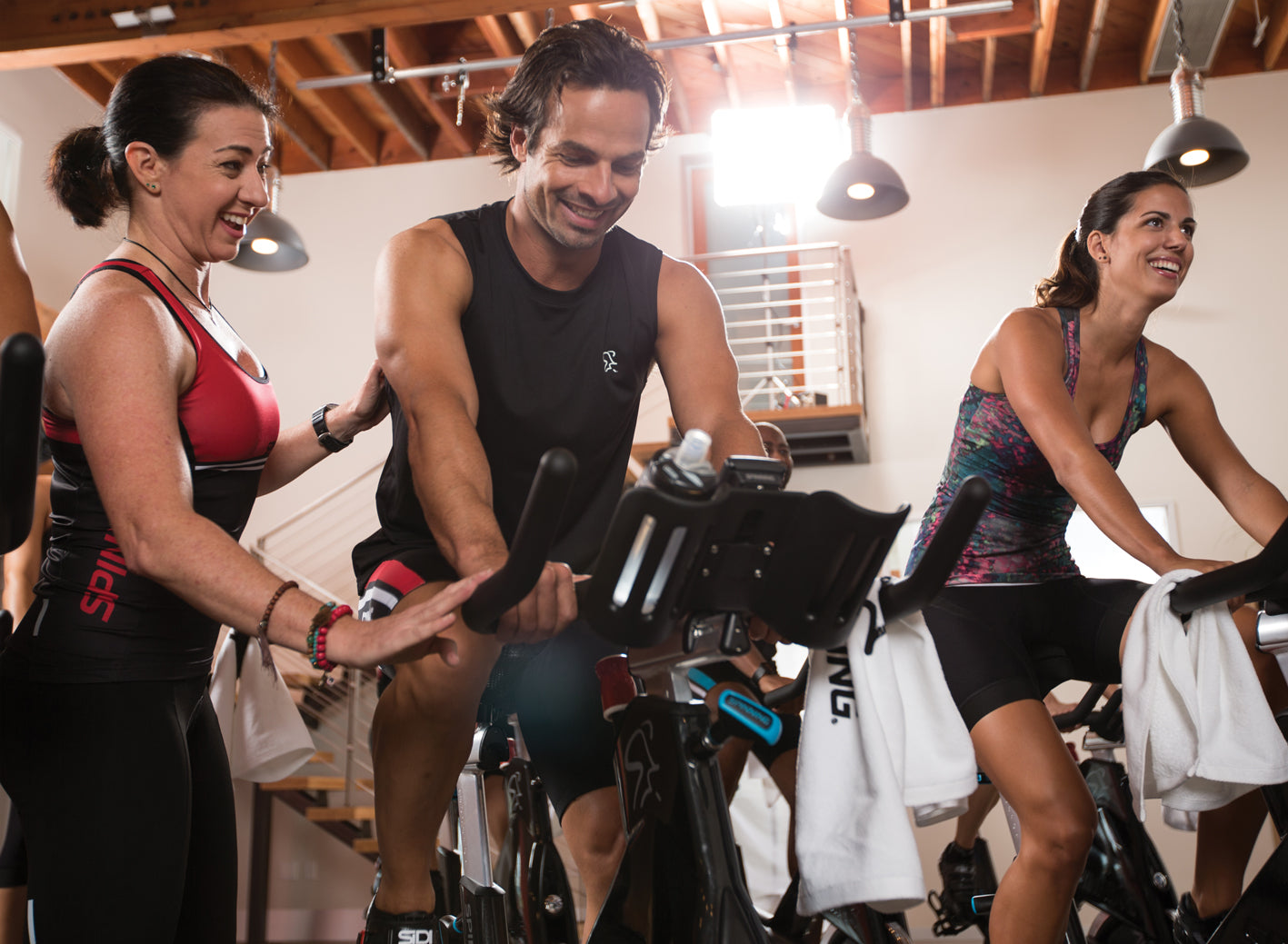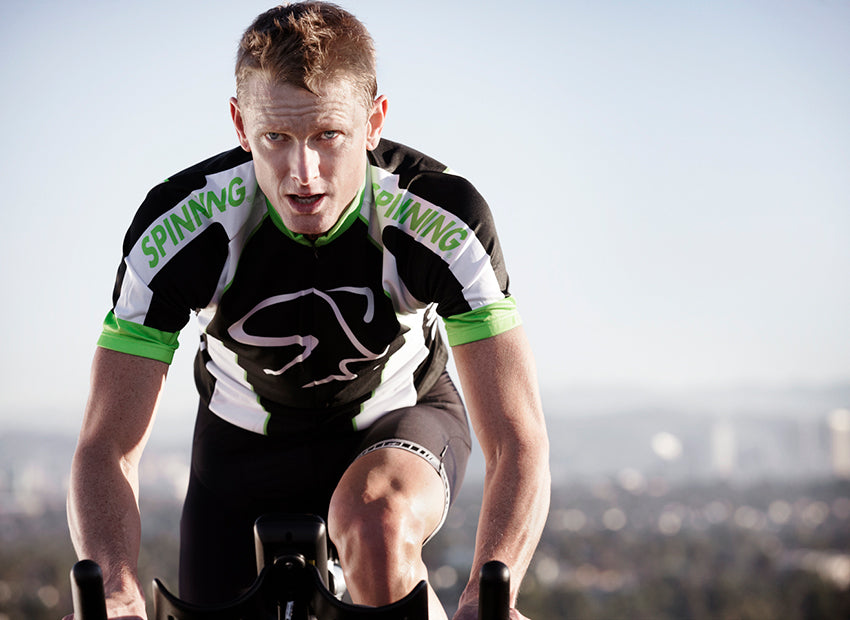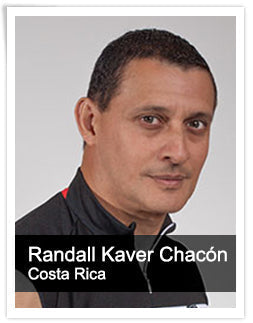By: Luciana Marcial-Vincion, M.A.
Have you ever wondered why the same Spinner® bike setting on two different bikes of the same model can feel so different? Imagine this scenario: a student rides a bike located in the front of the class with their correct bike setting and everything feels great. The next day, they choose a bike near the fan and adjust the bike accordingly to their correct settings. But the student informs you that something doesn't feel right with the bike. They may even say that they feel discomfort.First, let's consider that there are a few variables that warrant revisiting bike setup. A rider's improved or changed technique and form could be one reason to tweak bike fit. Another is when a rider changes their clothing or gear; for example, if the student starts wearing cycling shoes or if they stop using a gel seat. Health and medical considerations often require bike fit to be adjusted as well; for instance, a rider who has had hip, back or knee surgery; a rider who is pre- or post-partum; or anyone who has experienced a significant shift or change physically or physiologically. Another simple reason is when cleats on shoes become misaligned or loose. This can cause a rider to feel as if something is not quite right.In this case, however, let's assume that nothing else is different and nothing has changed. The student is wearing their same shoes, always wears cycling shorts, and has not experienced a sudden change in their physiology. What could be the problem?Well, here is a little-known secret that could indeed be the culprit here. Are you ready? Here it is:Check the saddle rails. Yes, the saddle rails might be off center! Let's examine this a little more closely.It could very well be that the saddle on the seat slider stem is in a different position from one bike to another. Even small differences in this positioning can cause a rider to feel like they are too far forward or too far back, even though they have set the bike up on their correct fore/aft setting.Take a look at your Spinner bike saddle. Notice that the saddle has a set of two rails that extend from the nose to the rear of the saddle. Those rails are fastened to a bracket that is then affixed to the saddle slider, otherwise known as the fore/aft stem. The rails are typically fastened to the bracket at the midpoint of the rails at an equal distance between the points where the rails curve upward into the saddle. If the saddle rails are fastened to the bracket at any point other than the midpoint, this can cause a significant change in the rider's fore/aft position on the bike.The next question is, "How do we resolve this?"If you have an individual at your facility that is responsible for bike maintenance, report the issue to them so he/she can address it and document it. If there is no bike maintenance technician, the good news is this is easily fixable by anyone who knows how to use a wrench. Just be sure to notify a manager that you are making this adjustment so that they can document it and, most importantly, ensure that you tighten the saddle back so it is secure.The goal is to adjust the saddle properly on the bracket so the rails rest at their midpoint. This is done by taking a socket wrench and loosening the two nuts that lie on either side of the bracket. Once they are loose, you can adjust the position of the saddle by sliding the rails to that midpoint position. Then, once you have the rails centered, be sure to tighten the nuts back so that the saddle is tight and does not move on the rails. As a side note, you can also level a saddle that is tilted down or tilted back using this process.If you are pressed for time, a quick but temporary solution is to adjust the saddle fore/aft position to accommodate the rider to find their correct KOPS (“knee over pedal spindle”) alignment. However, the best solution is to ultimately ensure that all saddles on every bike in the room are correctly positioned at the midpoint of the rails.While the bike manufacturing and installation process is structured to ensure consistency, it helps to be an informed instructor so you can address any small adjustments necessary for a better riding experience. All Spinning® instructors should have some basic knowledge of bike maintenance in order to address simple everyday issues that may arise, like replacing toe cage straps, using the foot levelers to stabilize a bike, or centering and leveling the saddle on the saddle rails. Here's to a smoother ride and better class experience!






Leave a comment
This site is protected by hCaptcha and the hCaptcha Privacy Policy and Terms of Service apply.